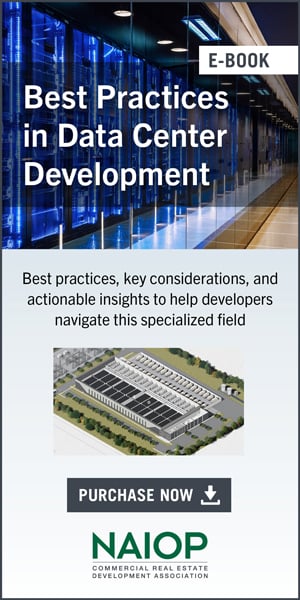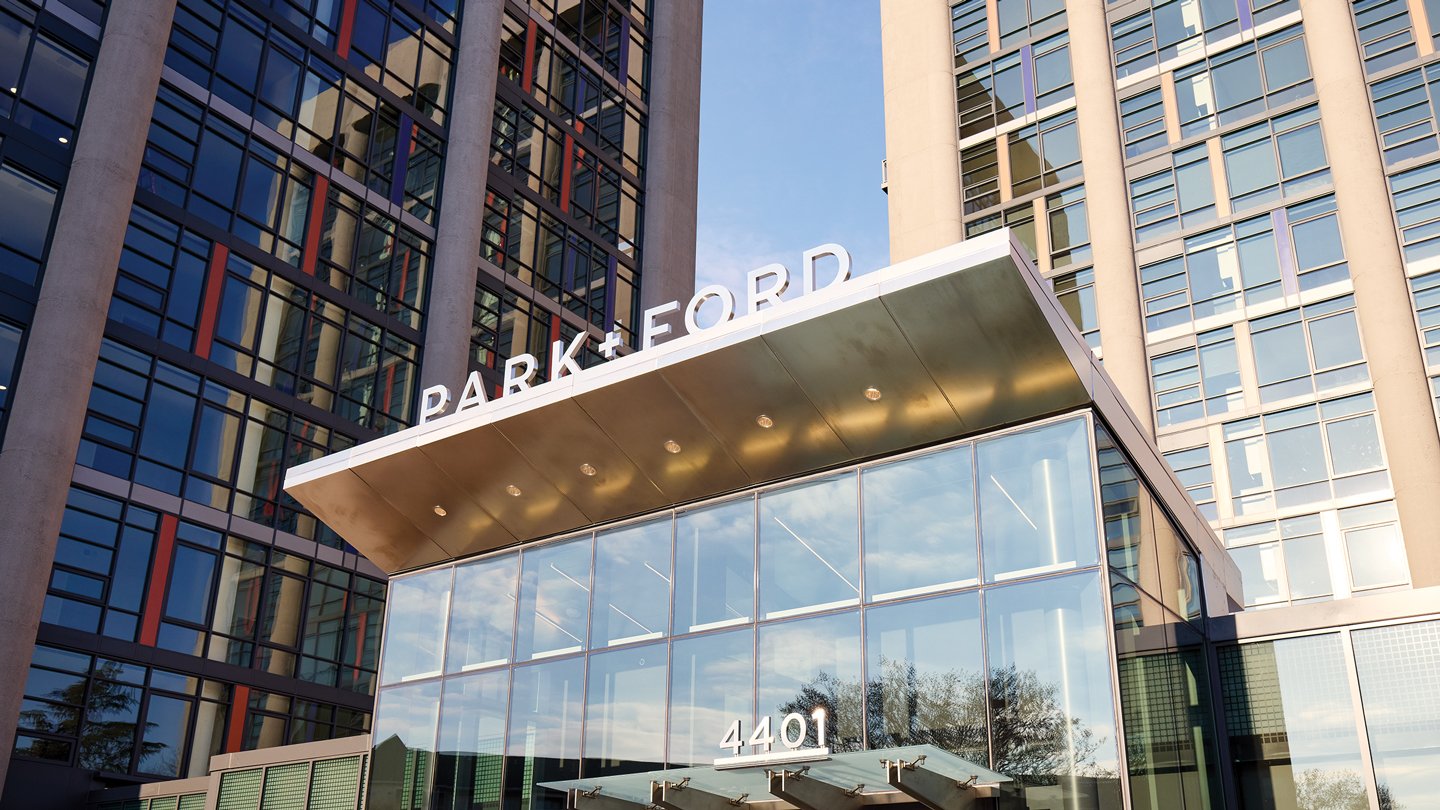Packaging Construction Tasks Improves Project Success

Advanced work packaging techniques can boost efficiency and lower costs.
Advanced work packaging (AWP) is a project management method that can improve efficiencies for capital project construction. While standard project management systems bring in construction stakeholders close to the execution stage, AWP is construction-driven and involves stakeholders during preconstruction. This allows for early alignment between engineering, construction management and construction execution.
Comprehensive plans are developed at the outset, resulting in more accurate estimates of scaffolding and other support services that often increase project costs. The AWP process continues through commissioning and turnover.
How AWP Works
In the case of complex industrial projects, field installations and engineering requirements place intricate demands on construction sequencing. AWP addresses this complexity at the beginning of the project.
“We don’t begin with a defined start date; we actually start with a defined completion date,” says Dan Patterson, chief design officer with construction software firm InEight. “Then from that defined completion date, we literally work backwards defining the construction or the execution scope.”
Patterson says this prevents the compounding delays that can occur with conventional, critical-path left-to-right planning.
The basis of AWP is a set of “packages” that guide construction sequencing. The packages are assembled by engineering, procurement and construction teams and contain such items as descriptions of work, summaries of available resources, procurement details, time and cost estimates and controls, a means to track progress, and risk assessments. AWP is an iterative process. Changes and plan deviations are fed back into documents and models to maintain an accurate and constrained construction schedule.
The first deliverable in AWP is typically the Path of Construction (PoC). The PoC is a high-level expression of the desired construction sequence. It weighs many variables that might impact project execution and remains the point of reference throughout the project.
Engineering work packages (EWPs) are also fundamental elements of AWP. EWPs include drawings, procurement deliverables, specifications and vendor support. They are used to inform construction work packages (CWPs) and are released in stages according to the needs of the CWPs.
The Advanced Work Packaging Institute identifies a CWP as “a logical and manageable division of work within the construction scope.” Construction managers create CWPs and work with clients to integrate budget and schedule information with performance monitoring. They also lay out a sequence of work that optimizes resources. At the CWP level, the activities outlined are area-specific, including such details as man-hours and required materials. An approximate time estimate for a given CWP should not exceed 40,000 hours of project work.
Once CWPs are finalized, they are broken down into executable packages known as installation work packages (IWPs). Generally, an IWP is “small enough that it could be completed by a single-foreman team, typically in a one- or two-week time frame,” according to the Advanced Work Packaging Institute. Typically, no IWP exceeds 1,500 man-hours; occasionally, an IWP will be as short as a single day or shift if the work is critical. IWPs include everything needed to complete the work, including details such as productivity expectations, equipment and materials, scaffold plans and temporary power needs, to name just a few. IWPs are the smallest packaged units within an AWP.
Implementing AWP
Software and digital tools are ideal for creating and maintaining the detailed plans necessary to execute AWP. InEight, O3 and Bentley are just a few of the providers offering a variety of full and partial software solutions. Virtual design and construction models form the basis of the system. They are easy to update in real time, making them an accurate repository of information from the preplanning phase through execution.
Datasets containing risk variables, cost and schedule history, material quantities and more are additional digital tools supporting AWP. Project management software is also helpful; it incorporates contract and document management, providing further efficiencies for a lean project approach.
At the start of preplanning, datasets and conceptual models are used to plan a sequence of work for the project, determine its duration and estimate material quantities. Monte Carlo scenarios — computerized simulations that compare a variety of variables and then model the probability of different outcomes — may also be run. By the end of the AWP preplanning phase, estimates and schedules are much more accurate than when arrived at using traditional project delivery. Having all project stakeholders involved at the earliest phase dramatically reduces project risk.
When a project progresses to the planning stage, CWPs and IWPs can be based on the exact material quantities, budgeted hours, safety protocols and more that were put into the models. The “workface planning” component of AWP is key to the delivery method’s success. Whereas traditional delivery methods rely on field-execution planning, workface planning maintains alignment with the front-end plan (FEP) by appointing constructor workface planners who are responsible for the work breakdown and hand off IWPs to crews. The longer planning timeline of AWP also sets contractors up for success by giving the team more time to focus on safety and risk aspects of the work. Construction foremen and craft supervisors receive everything they need to conduct fieldwork safely and efficiently before the start of work.
Field progress is tracked as construction occurs, with processes in place to standardize data collection and assign responsibility for each IWP. All inputs are tied back to the higher-level systems, including the PoC. As reports are generated, any issues that need attention are identified. Whether these issues are due to resources, material, weather or changing conditions, project stakeholders get immediate feedback and data they can use to make decisions. That offsets negative impacts and keeps the project moving as planned.
Benefits of AWP
The advantages of AWP include:
- Lower project costs. According to the Construction Industry Institute (CII), AWP can reduce total installed costs by 10%, with higher savings for owners and increased profitability for contractors.
- Improved safety. Using AWP, many projects have zero lost time accident records.
- Shorter schedules that are driven by progressive turnover.
- Higher quality. AWP results in fewer punch list items.
- Reduced risk. AWP affords greater overall project clarity, and therefore certainty.
- Higher field productivity. CII cites an increase in field productivity of up to 25%.
Industrial and commercial construction companies with AWP workflows in place are more assured of delivering projects on time and on budget than ever before. By taking the next logical step in collaborative project delivery models — which have been trending for years — AWP represents the industry’s highest commitment to date for getting cross-disciplinary input early in preplanning. The result is a seamless transfer of information at all project phases, which translates into greater project certainty and success.
Shawn Anderton is vice president and general manager for Western U.S. operations with Graycor Industrial Constructors.
RELATED ARTICLES YOU MAY LIKE
From the Editor: As the Economy Improves, What’s Next for CRE?
Fall 2023 Issue
Construction Cost Challenges Shift from Materials to Labor
Fall 2023 Issue






